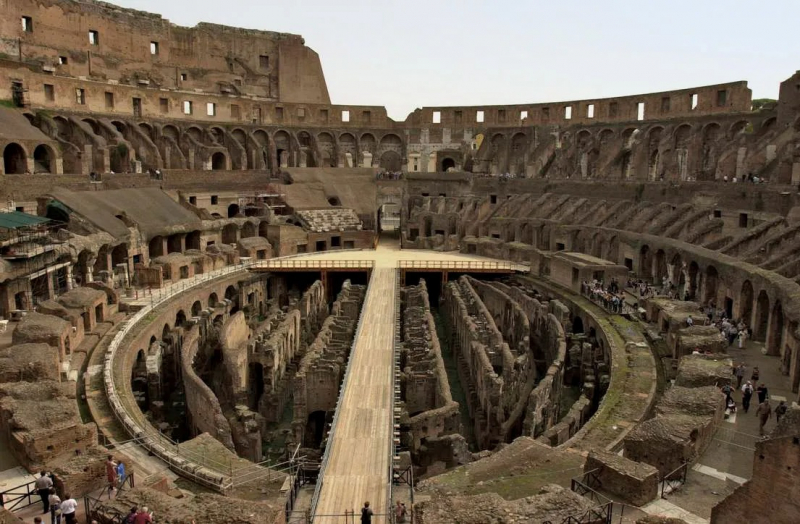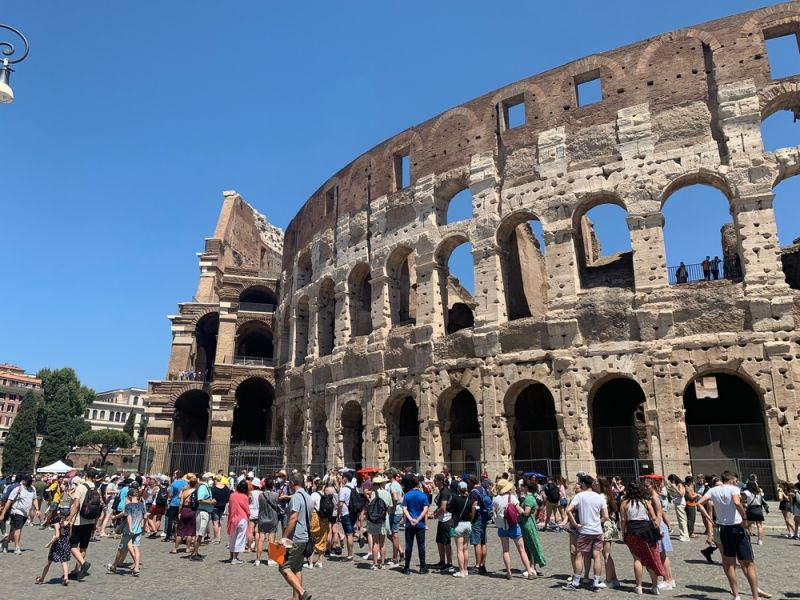Free For Everyone
To restore the magnificence and glory of the Roman Empire, Vespasian built Colosseum to provide the public with a free entertainment place and feel appreciated. Each emperor organizes free for everyone and free games inside Colosseum as propaganda, aiming to lead the lavish and monumental battles to increase his popularity. Colosseum may contain 50,000 spectators (although some scholars estimate can be up to 80,000), making these games similar to some modern football games. This is indispensable in the list of interesting facts you might not know about the Colosseum.
When entering, the audience is broadcasting pieces of ceramic or stone as tickets to determine their seats and gates depending on their social status. The lower chairs in the stadium are for richer Roman families, some even have a private space like modern boxes. The remaining seats in the stadium are divided based on social status, with the lowest people in social levels in higher seats. To get in and out, each gate is numbered. There are 76 gates for the "usual" audience, and four other special gates - two gates for gladiators and two emperors. During the Roman period, social status was extremely important, and very detailed was included in the ticketing system to ensure that Nobile families and people were often divided at these free events. Historians believe that there has been "fighting" between games and servers that bring different food dishes to the audience including cakes, cheese, fruits and nuts, and even large glasses of wine! Historians have noted that there have been some cases of wooden balls falling from the sky filled with prizes such as desserts, money, and gifts. The more fun, eating and lavish, emperors are worshiped by the people thanks to free for everyone.












